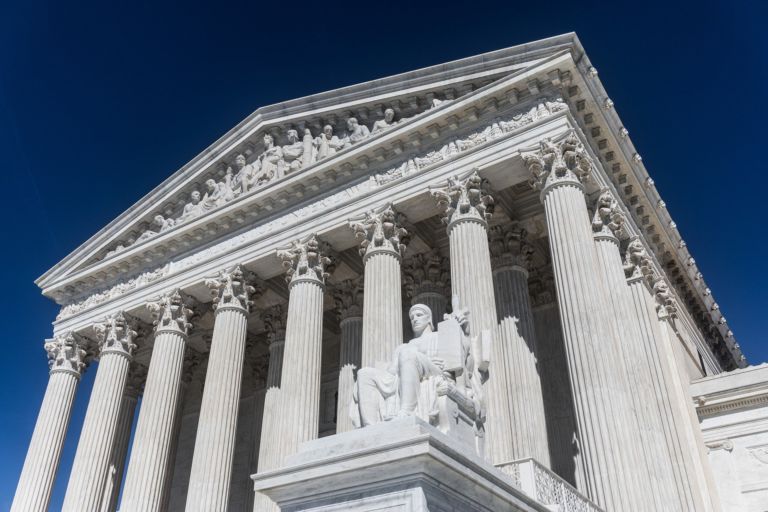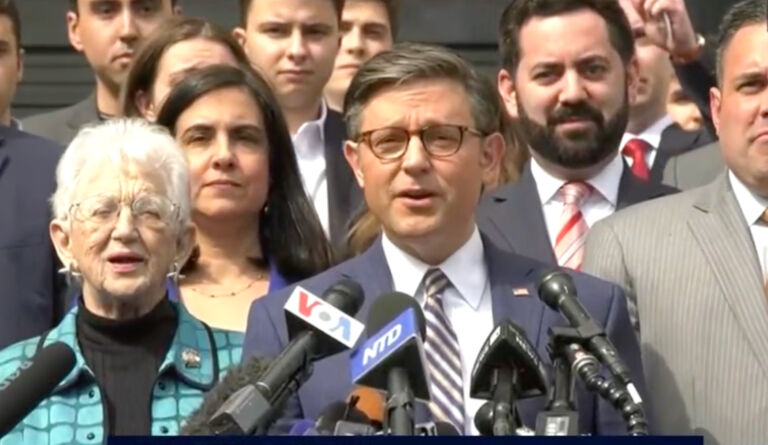Barry Poulson and Dwight Lee write for the American Thinker about the Federal Reserve’s failure.
When they enter the medical profession, medical students are required to take the Hippocratic Oath, which includes a provision to “do no harm.” Perhaps economists at the Federal Reserve Board should be required to take a similar oath. Based on their performance over the past two decades, Fed economists have failed to use monetary policy to fulfill the twin mandate of price stability and full employment.
During the Great Moderation in monetary policy in the 1980s and 1990s under the leadership of Fed chairmen Paul Volcker and Alan Greenspan, the Fed fulfilled this mandate, adjusting the federal funds rate in response to economic conditions. After inheriting an economy that experienced stagflation in the 1970s, Chairman Volcker increased the federal funds rate to more than 20 percent. Over the next two decades, Volcker and Greenspan gradually reduced the federal funds rate to 6 percent. These monetary policies contributed to greater economic stability, and by the end of the period they brought inflation and unemployment into line with Fed targets. Combined with more prudent fiscal policies, these monetary policies enabled Congress to balance the budget and stabilize the national debt.
Unfortunately, over the past two decades, the Fed has not only failed to fulfill this mandate, but monetary policy has been a major source of economic instability. The Fed has taken us on a roller coaster ride as revealed in the federal funds rate. In response to the financial crisis in 2008, the Fed adopted a 0 percent federal funds rate and kept the rate close to 0 for the next six years. In 2016, the Fed began to increase the federal funds rate, but with the onset of the coronavirus pandemic in 2020 they again adopted a 0 percent rate. With the resurgence of inflation in 2022, the Fed has again reversed policy, with sharp increases in the federal funds rate. There has never been a period in which the federal funds rate has been so volatile, or when the Fed has held the federal funds rate artificially low for such a long period.


